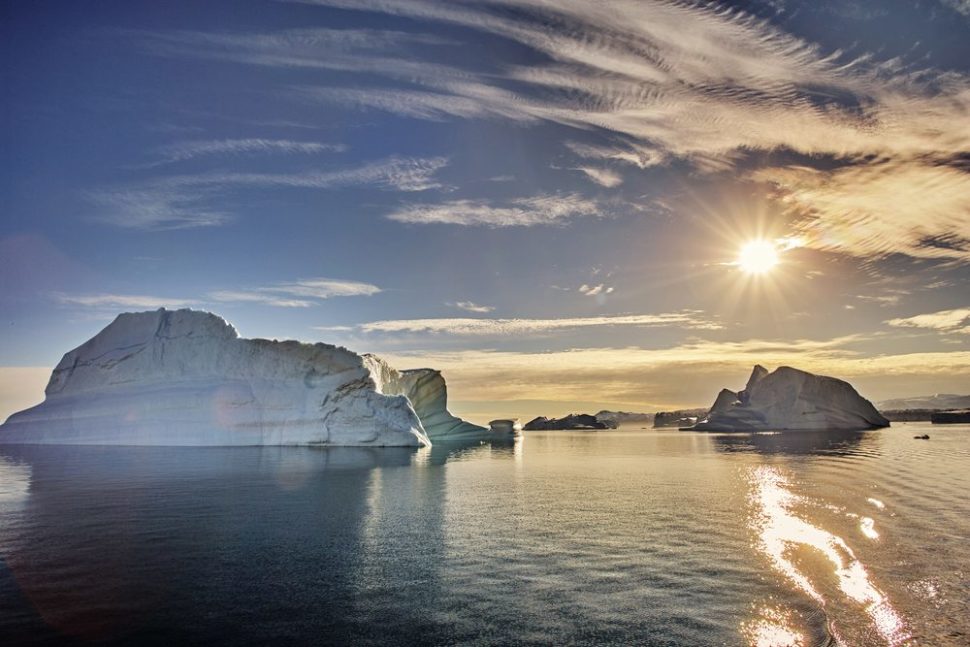Scientists are using High-Performance Computing to track the rate of ice sheet melting.
One of the most visible effects of climate change, the melting of glaciers, impacts the environment, tourism, hydropower potential, and can also cause natural hazards like landslides or destructive flows of debris.
With the current melting rates that the planet’s ice is experiencing, it might not be long before we reach the tipping point–where the effects can’t possibly be reversed.
#Glaciologists use #HighPerformanceComputing to track ice sheet melting.Click To TweetHigh-Performance Computing to Monitor Glaciers Melting
Glaciers are an indispensable climatic indicator for scientists and meteorologists, giving them insight into past climatic events and helping them to make projections in the future.
For over a decade, climatologists at the University of Alaska Fairbanks (UAF) have been working on ice sheet modeling to track ice sheet progress.
UAF created their own open-source Parallel Ice Sheet Model (PISM).
Ice sheet models benefit from state-of-the-art HPC solutions.
UAF’s model requires high processing power, extremely large hi-res images, and large outputs, all of which can be provided by Mellanox’s High Performance Computing (HPC) resources.
“Models are testbeds for all sorts of questions, and PISM is what we call a numerical model,” said Andy Aschwanden, Research Assistant Professor at UAF.
“We take our best understanding of the physical processes of the real world, in this case ice sheets, and frame that in the language of mathematics. Then we teach the computer how to come up with solutions to ‘what if’ questions about the processes that this model represents.”
Earth Threatened by its Melting Glaciers
East Antarctica is the world’s largest ice sheet, roughly the size of the U.S. Until recently, the glaciers of East Antarctica, unlike those of the 10-times smaller West Antarctica, were thought to be more stable, because they’re isolated and very cold.
However, a new study by an international group of climatologists suggests otherwise.
It turns out that Totten, the largest glacier in East Antarctica, is melting and retreating at an alarming rate. This glacier alone threatens to raise sea levels.

With a fraction of its mass below sea level, the massive Totten Glacier is vulnerable to warm ocean currents that circulate at its foot.
Scientists predict that in a few centuries, Totten will disappear. Long before that, we will reach the point where ice melting has accelerated abruptly.
If all of Totten melts it alone would raise global sea levels by 3.5 meters.
Just last month, glaciologists confirmed that a 5,800-square-kilometer iceberg (the size of Delaware) has split off the ice shelf in Antarctica.
The split of this iceberg, weighing 1-trillion-metric-ton, is one of the largest calving events in recorded history.



















Comments (0)
Least Recent